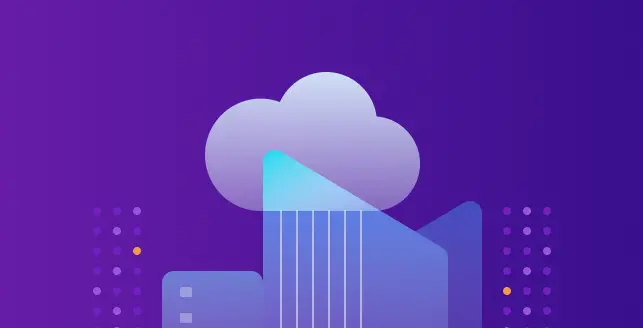
In the world of web application security, OS command injection remains one of the most critical and dangerous vulnerabilities.
Blind OS command injection using timing attacks is a serious web security vulnerability that occurs when an application passes unsensitized user input directly to the server’s operating system for execution.
In this type of injection, the attacker cannot see the output of the command directly, but they can infer whether a command was successful based on how long the application takes to respond. This makes it a “blind” attack.
By analyzing time delays caused by injected commands, attackers can confirm the presence of the vulnerability and potentially gain control over the system.
Example
In the below-given PHP example, if the path passed to “include” statements are not properly sanitized, the code will look for scripts that will accept the filename as input.
/**
* Get the filename from a GET input
* Example - https://example.beaglesecurity.com/?file=filename.php
*/
$file = $_GET['file'];
/**
* Unsafely include the file
* Example - filename.php
*/
include($file);
If the path is extracted from an HTTP request and if no input validation is done (for example, by checking the input against a whitelist), this snippet of code will result in remote file inclusion.
In this case, the remote file included in the URL will be executed by the server.
What are the impacts of blind OS command injection using timing attacks?
Blind OS command injection using timing attacks can have severe consequences, even without visible output. Attackers can infer successful command execution based on response delays, leading to dangerous system compromises.
1. Execute a Cross-Site Scripting (XSS) attack
Attackers can inject malicious scripts into web pages viewed by other users. This can steal session cookies, perform phishing, or hijack user accounts—all without user interaction.
2. Perform code execution on the web server
Exploiting vulnerabilities like OS command injection can allow attackers to run arbitrary system-level commands. This may lead to full server compromise, data theft, or malware installation.
Code execution on the client’s side
Through XSS, attackers can execute malicious JavaScript in the victim’s browser. This enables keylogging, redirection to phishing sites, or injecting fake login forms.
3. Execute Denial of Service (DoS) attack on users
Malicious scripts can overload browser resources or create infinite loops, crashing the page or freezing the browser—disrupting user experience and trust.
4. Expose sensitive information about the application
Exploits can reveal environment variables, configuration files, server paths, or internal IPs. This intelligence can be used for deeper attacks or lateral movement in the system.
How can you prevent blind OS command injection using timing attacks?
Preventing blind OS command injection using timing attacks requires secure coding practices and strict input handling.
1. Avoid passing user-submitted input to filesystem or framework APIs
Never allow direct user input to control file paths, file names, or any parameters passed to critical APIs. This can lead to Local File Inclusion (LFI) or Remote File Inclusion (RFI) attacks. Instead, use controlled logic and sanitize all inputs strictly before passing them to the backend.
2. Maintain a whitelist of files to be included
Create a predefined list of allowable files that can be accessed or included in the application. Let users choose from these using a safe identifier (like a number or keyword), not the actual file path. This ensures attackers can’t trick the server into including arbitrary or malicious files.
3. Set allow_url_include to off
In PHP, enabling allow_url_include allows the inclusion of remote files via a URL—a major security risk. By setting this directive to off, you prevent attackers from injecting malicious remote code into your application through remote file inclusion vulnerabilities.
4. Use whitelisting instead of blacklisting for input validation
Always validate input against a whitelist of allowed characters (e.g., alphanumeric only).
Blacklisting known bad characters or patterns is not reliable attackers can easily bypass it using obfuscation techniques like URL encoding, Unicode, or hexadecimal representations. Whitelisting ensures only safe and expected inputs are processed.





